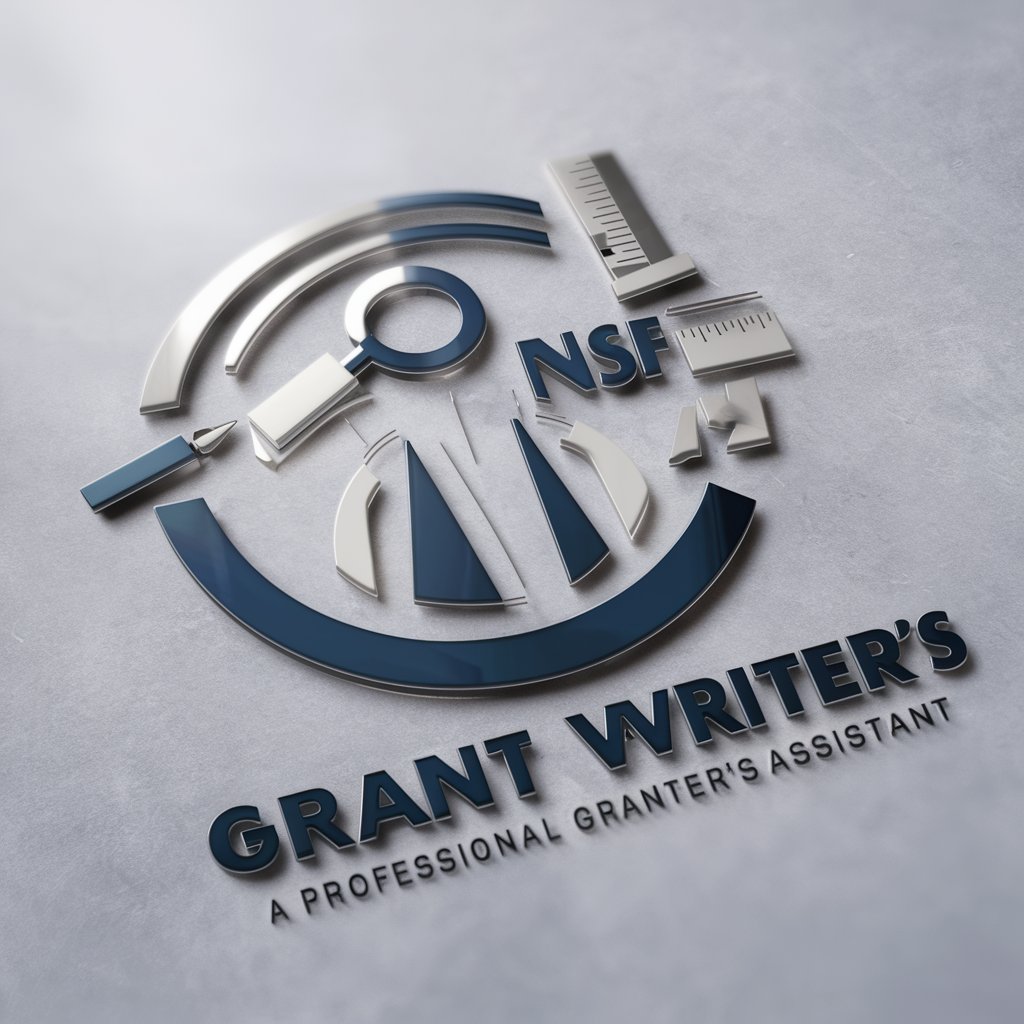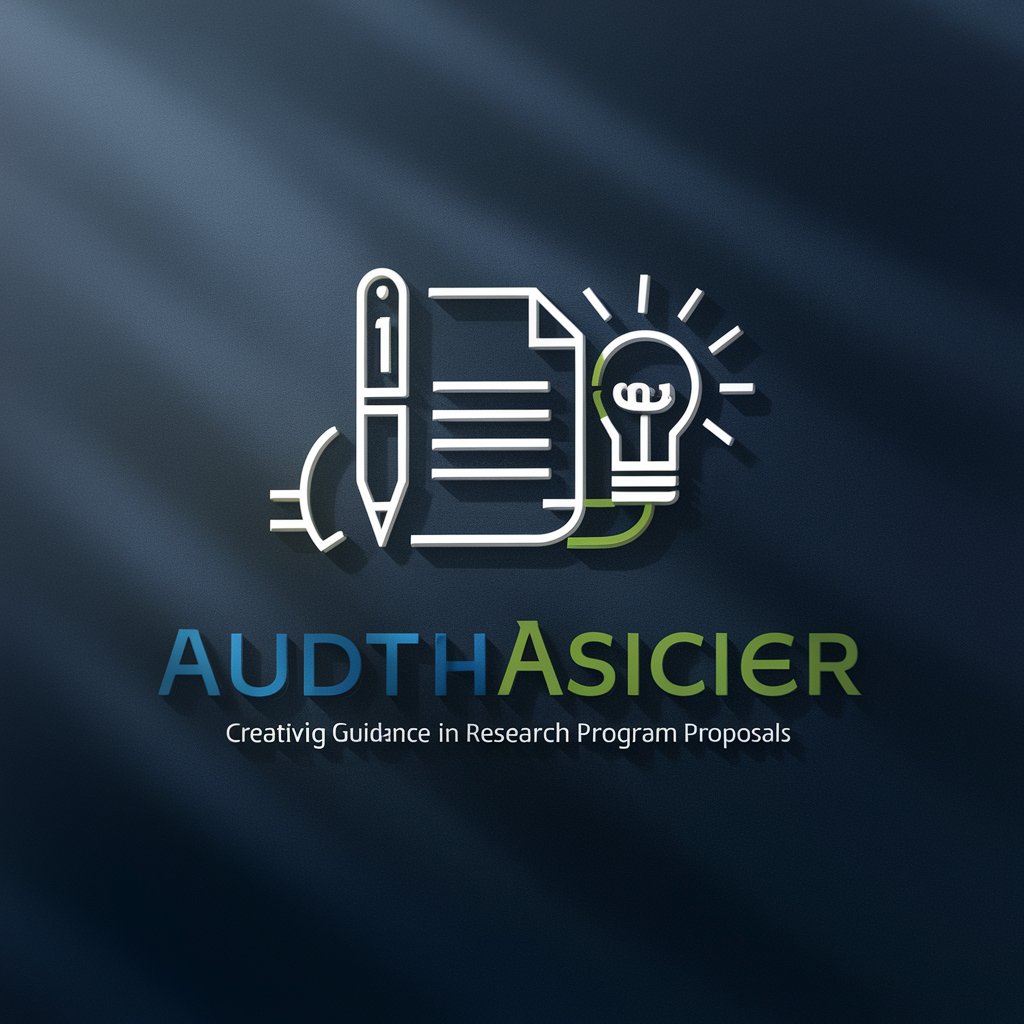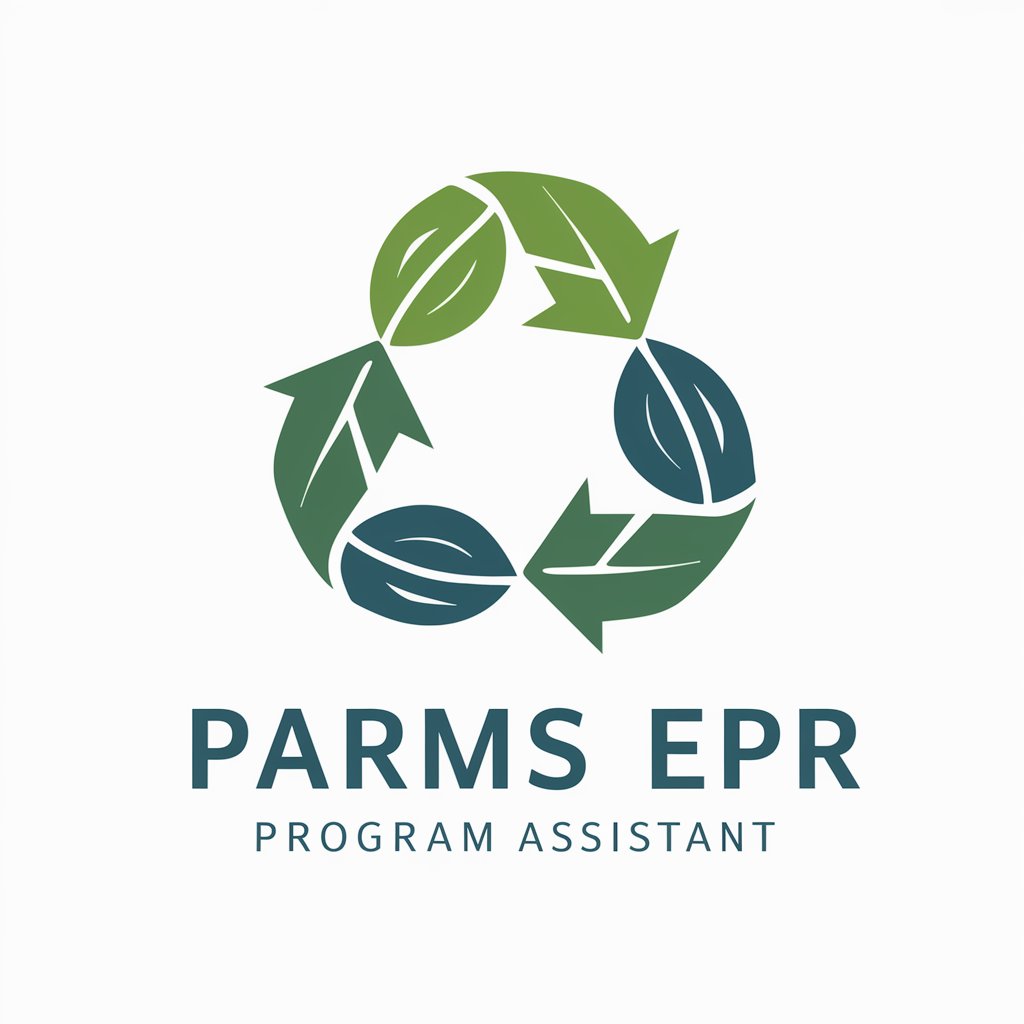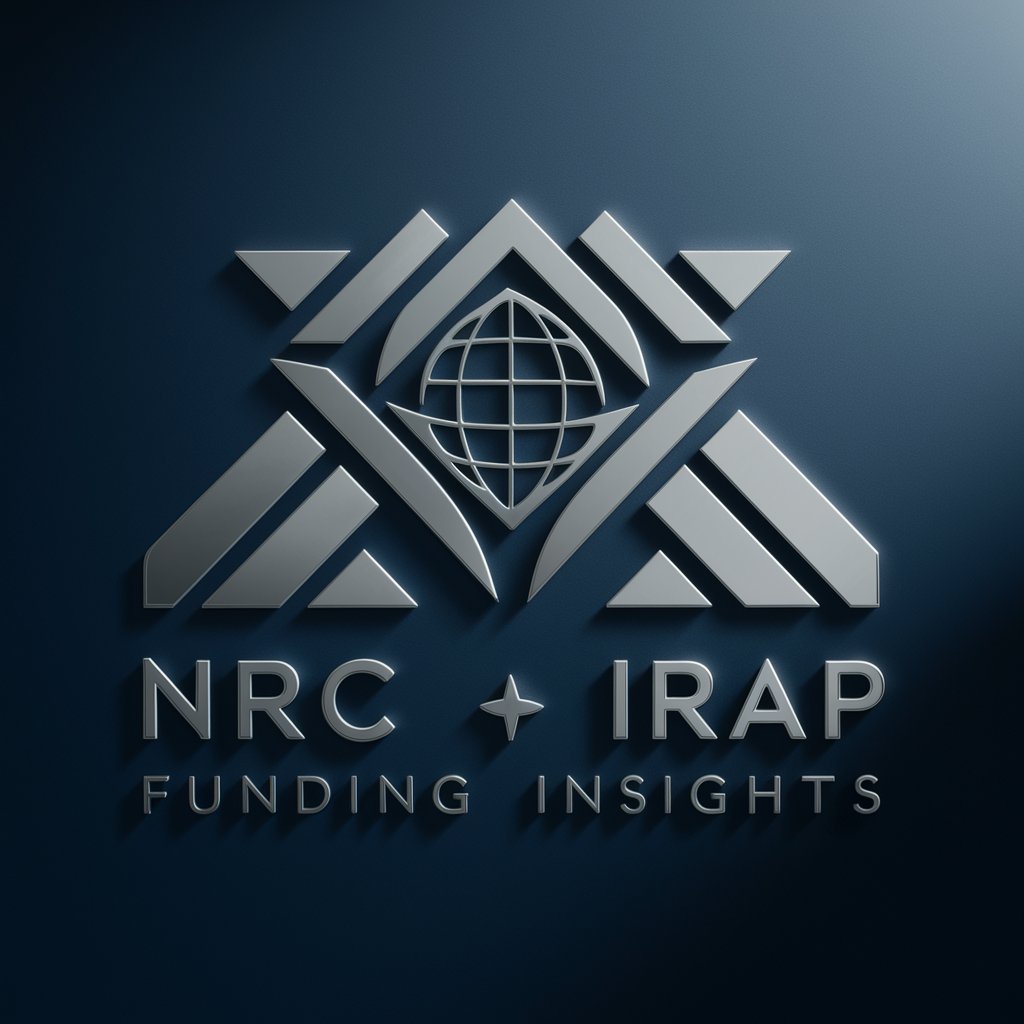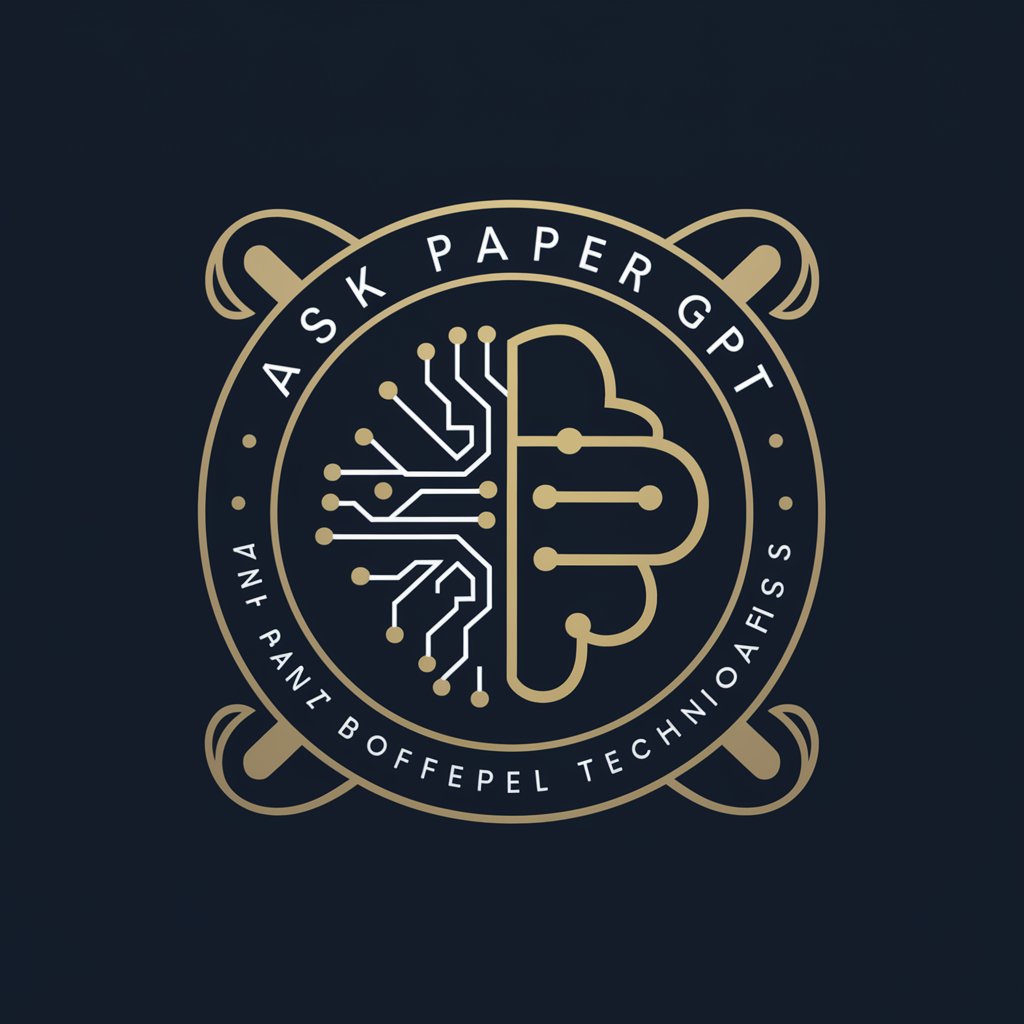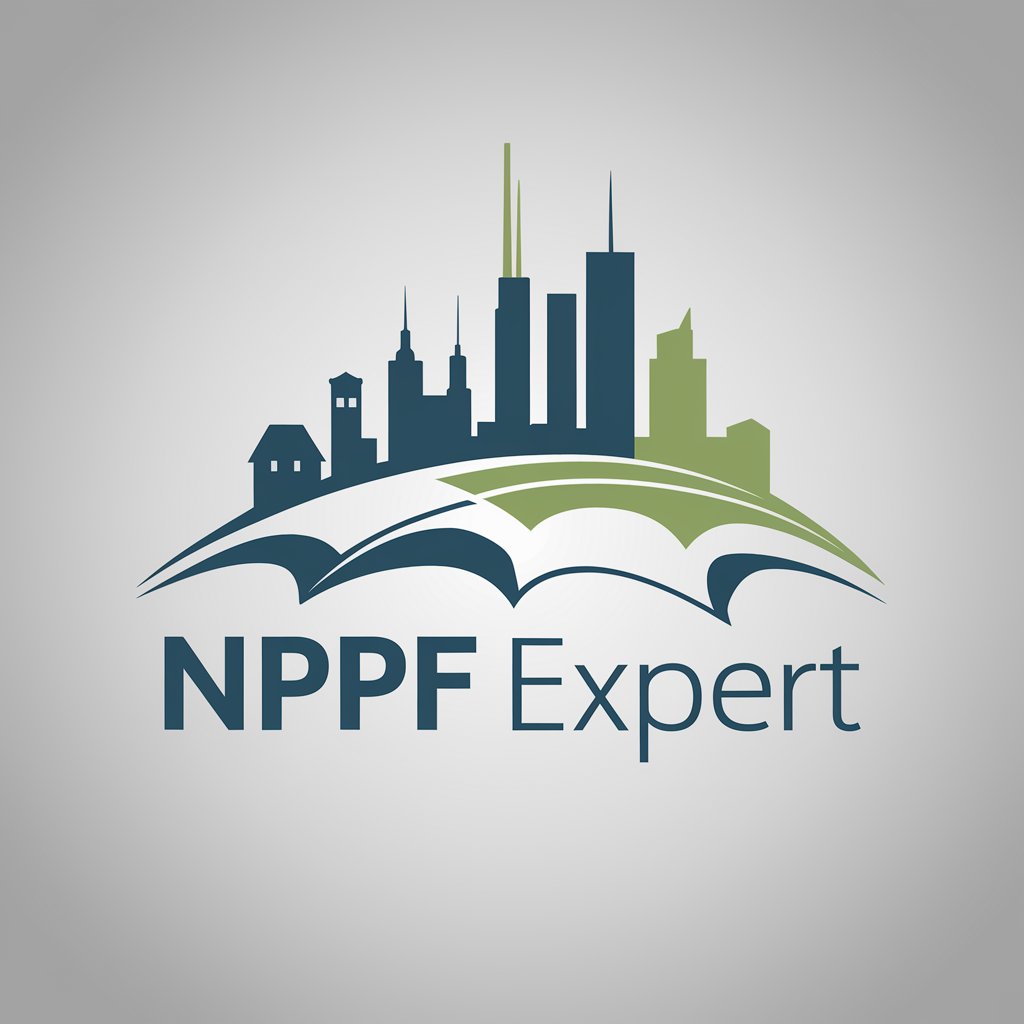
NSF PAPPG - NSF Proposal Guidance
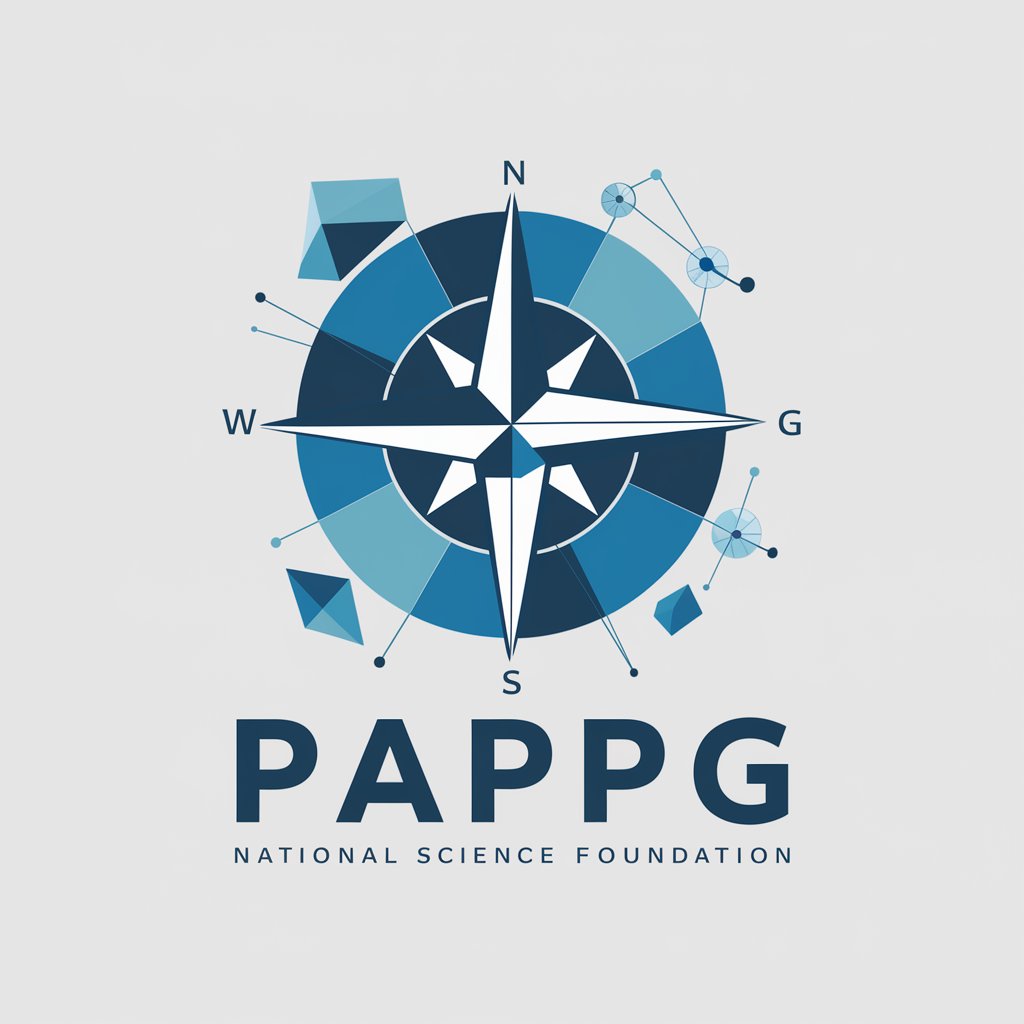
Welcome to the NSF PAPPG guidelines resource.
Empowering research innovation
Generate a detailed project summary that includes...
Outline the proposal preparation guidelines with a focus on...
Summarize the NSF merit review principles and criteria...
Describe the process for submitting a proposal via Research.gov...
Get Embed Code
Introduction to NSF PAPPG
The NSF Proposal and Award Policies and Procedures Guide (PAPPG) serves as a foundational guide for managing submissions and the review process of proposals as well as managing post-award procedures. The PAPPG is split into two main parts: the first deals with proposal preparation and submission, outlining how proposals should be structured, the process for submission, and what criteria they must meet. The second part addresses award administration, monitoring compliance, and the closeout of awards. It's designed to assist both NSF staff and the community they serve by standardizing the application process and ensuring consistent management of awards. Powered by ChatGPT-4o。

Main Functions of NSF PAPPG
Proposal Preparation and Submission Guidelines
Example
Guidance on preparing and submitting proposals via platforms like Research.gov, and compliance with specific solicitation requirements.
Scenario
A university's research office uses the PAPPG to ensure their grant proposals meet NSF's formatting and submission standards, potentially increasing their chances of success.
Award Administration and Monitoring
Example
Procedures for the administration and monitoring of awards, including financial management, adjustments, and reporting requirements.
Scenario
An NSF grant recipient follows the PAPPG guidelines to properly manage award funds, report progress, and comply with audit requirements, thereby maintaining funding and avoiding penalties.
Ideal Users of NSF PAPPG
Research Institutions
Universities and colleges that apply for NSF funding. These institutions benefit from understanding the specific requirements and conditions of NSF funding, ensuring compliance and maximizing their chances of securing funding.
Principal Investigators
Researchers leading NSF-funded projects need to understand the procedural and reporting requirements to manage grants effectively and maintain funding.

Steps for Using NSF PAPPG
Step 1
Visit yeschat.ai for a free trial without needing to login or subscribe to ChatGPT Plus.
Step 2
Identify your funding opportunity by reviewing the NSF Programs and Funding Opportunities section to align your proposal with the NSF's strategic goals and available funding.
Step 3
Prepare your proposal following the detailed instructions in the Proposal Preparation and Submission Guidelines, ensuring all mandatory sections are compliant with the NSF's formatting and content requirements.
Step 4
Use the NSF's Research.gov system to submit your proposal, ensuring that all required sections and documents are included and that the proposal conforms to the latest NSF guidelines.
Step 5
Monitor the status of your submission through Research.gov and prepare for the possibility of revisions or requests for additional information by NSF review panels.
Try other advanced and practical GPTs
Scale My Biz Now
Empower Your Business with AI
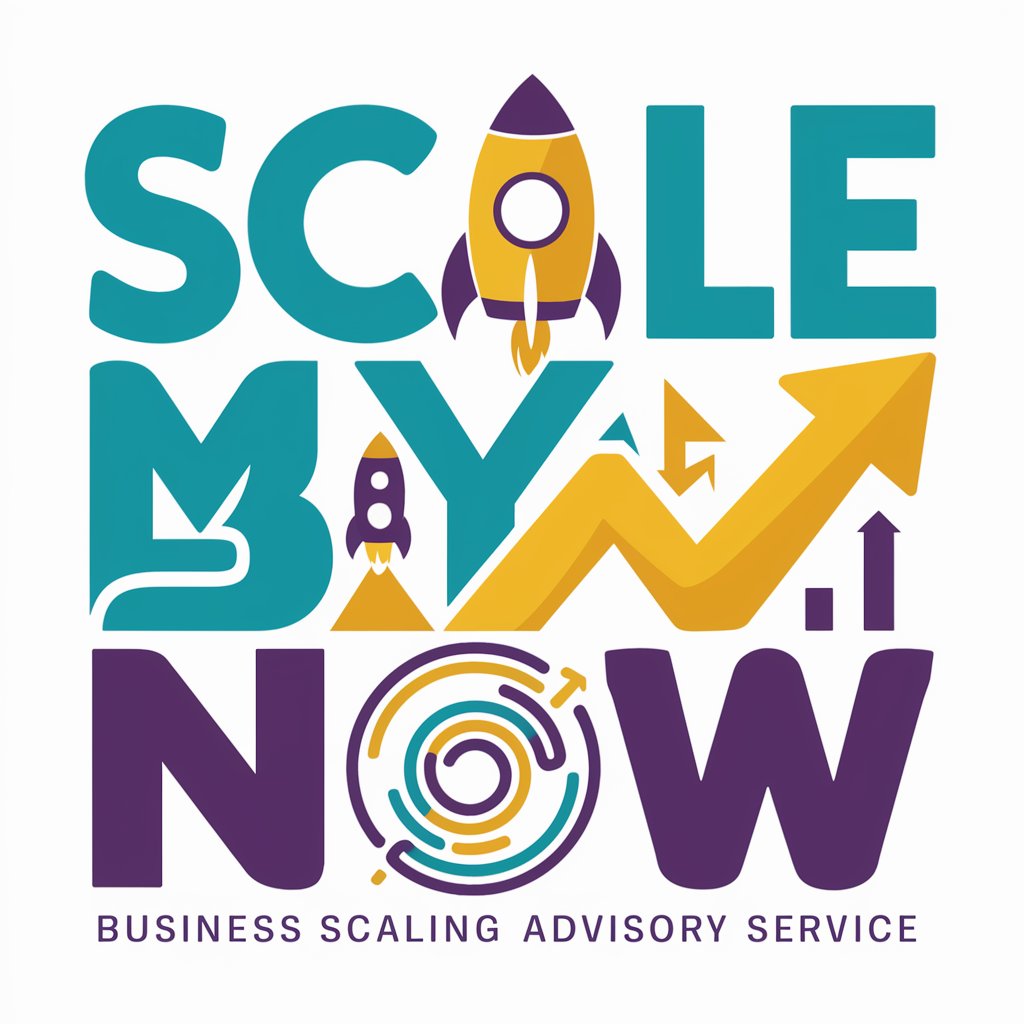
JarvisTube
Elevate Your YouTube Impact with AI
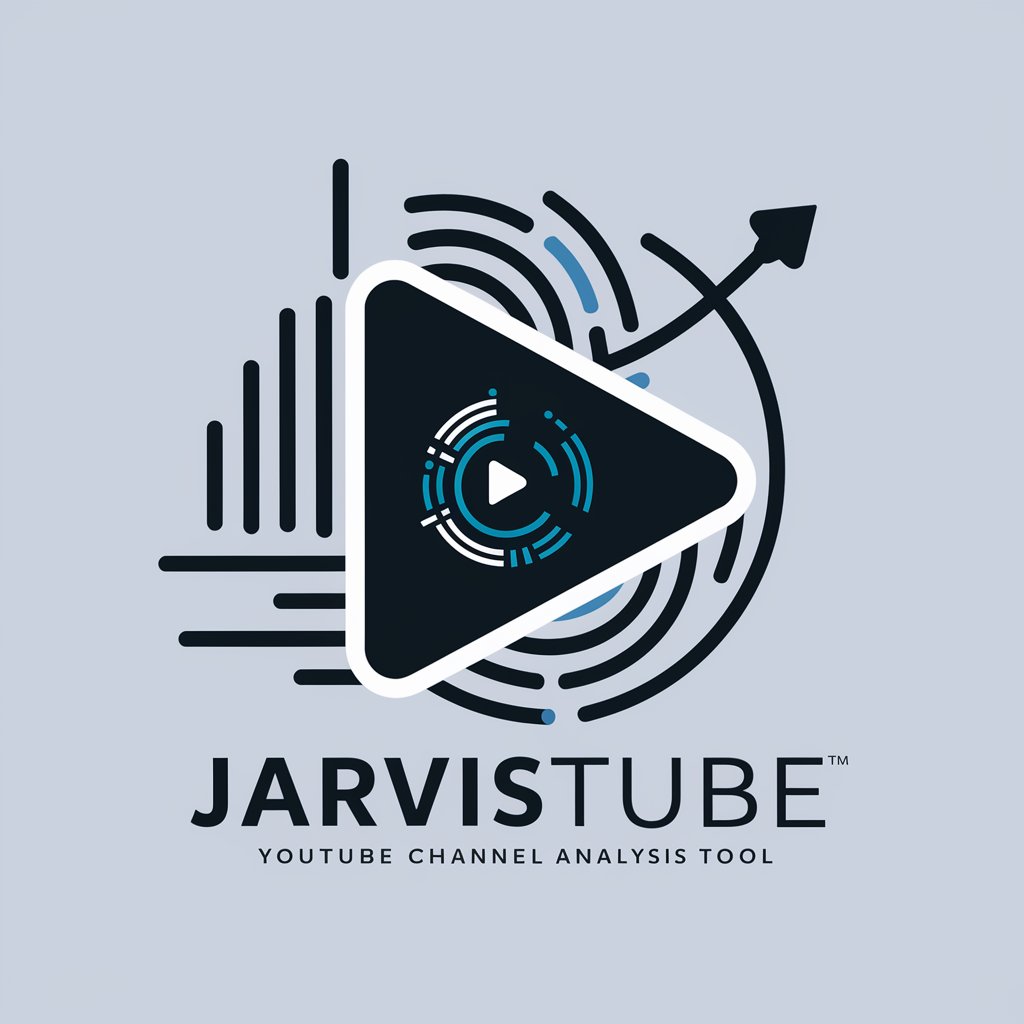
Time Traveler
AI-Powered Age Analysis and Health Tips
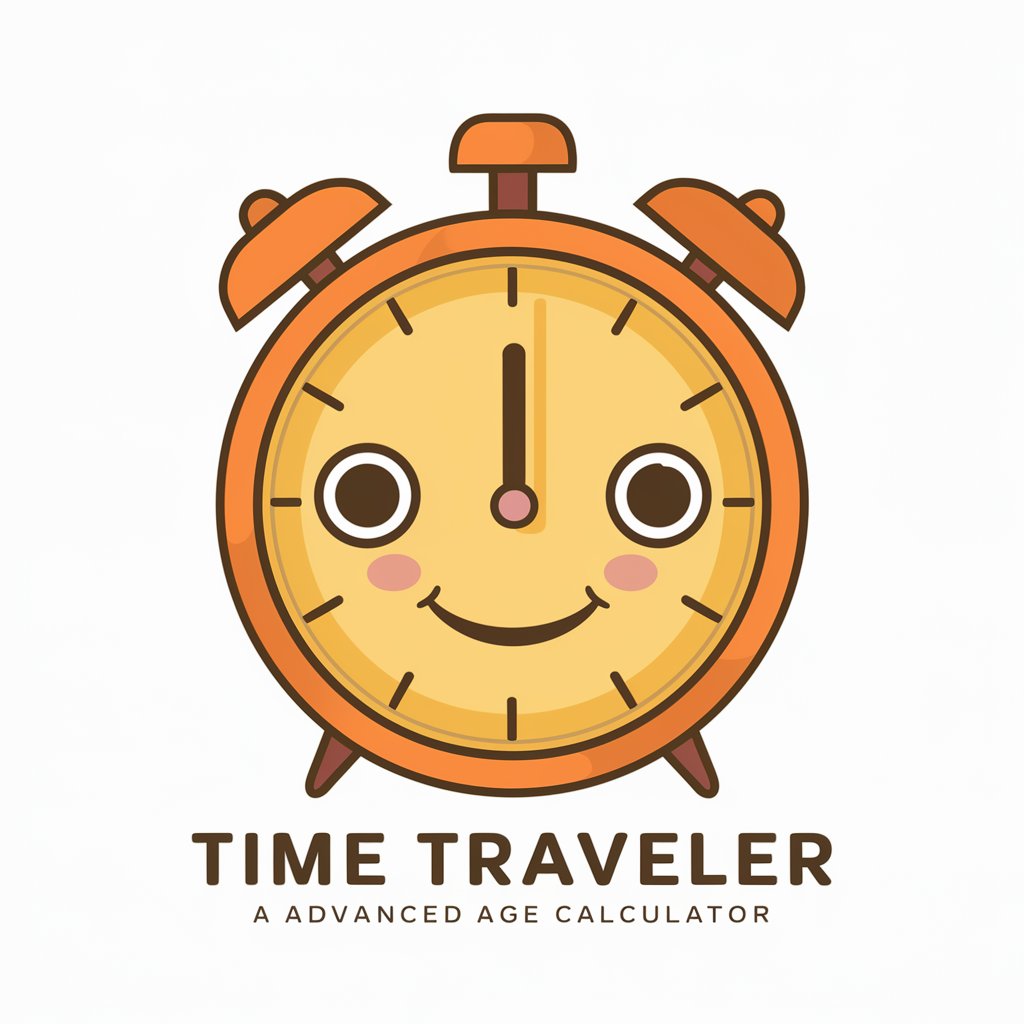
SM-R by BangAI
Power Your Decisions with AI-Driven Insights
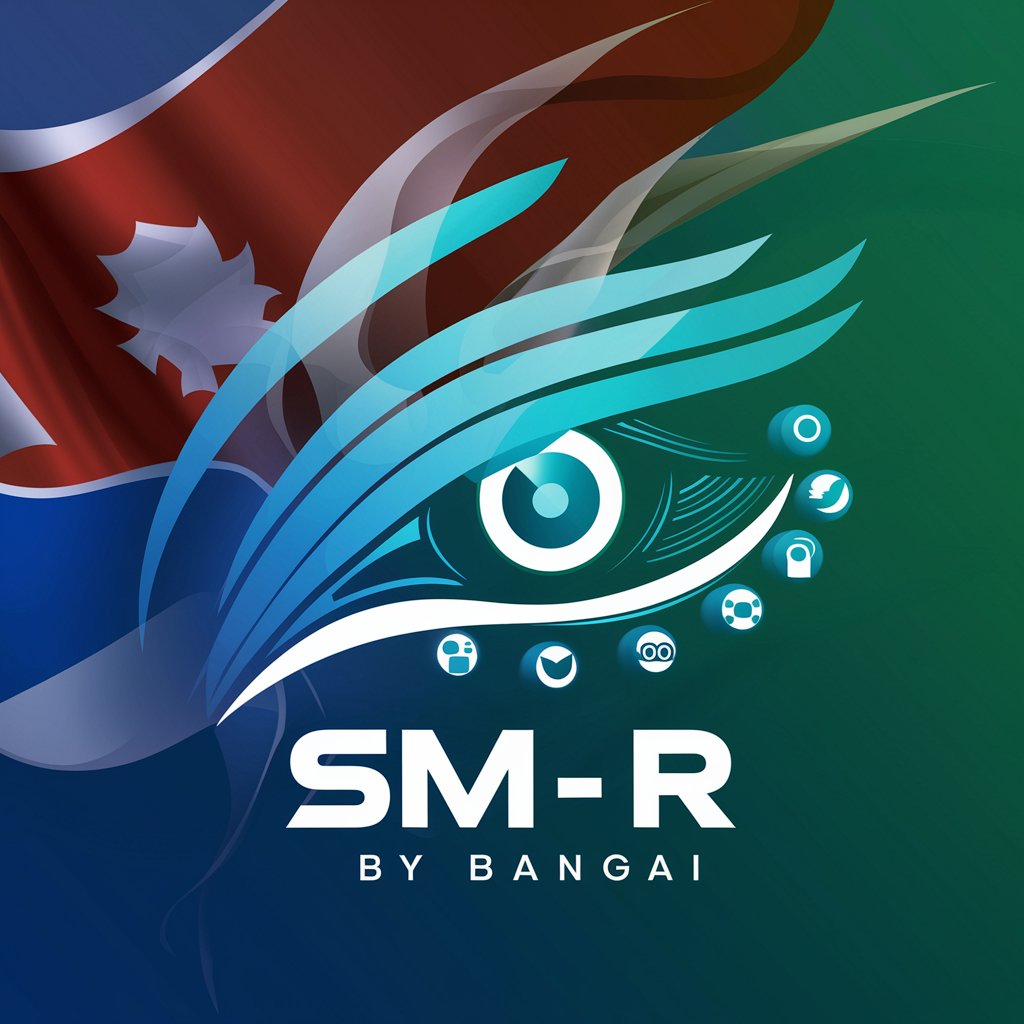
Peggy
Empowering Creativity with AI Insight

Tachigrafica & Legge
Navigating Road Regulations with AI

Fit GPT
Revolutionize Your Fitness Journey with AI

Fix My Appliance - Home Appliance Helpline 🏠🔧🔌
AI-Powered Appliance Advice
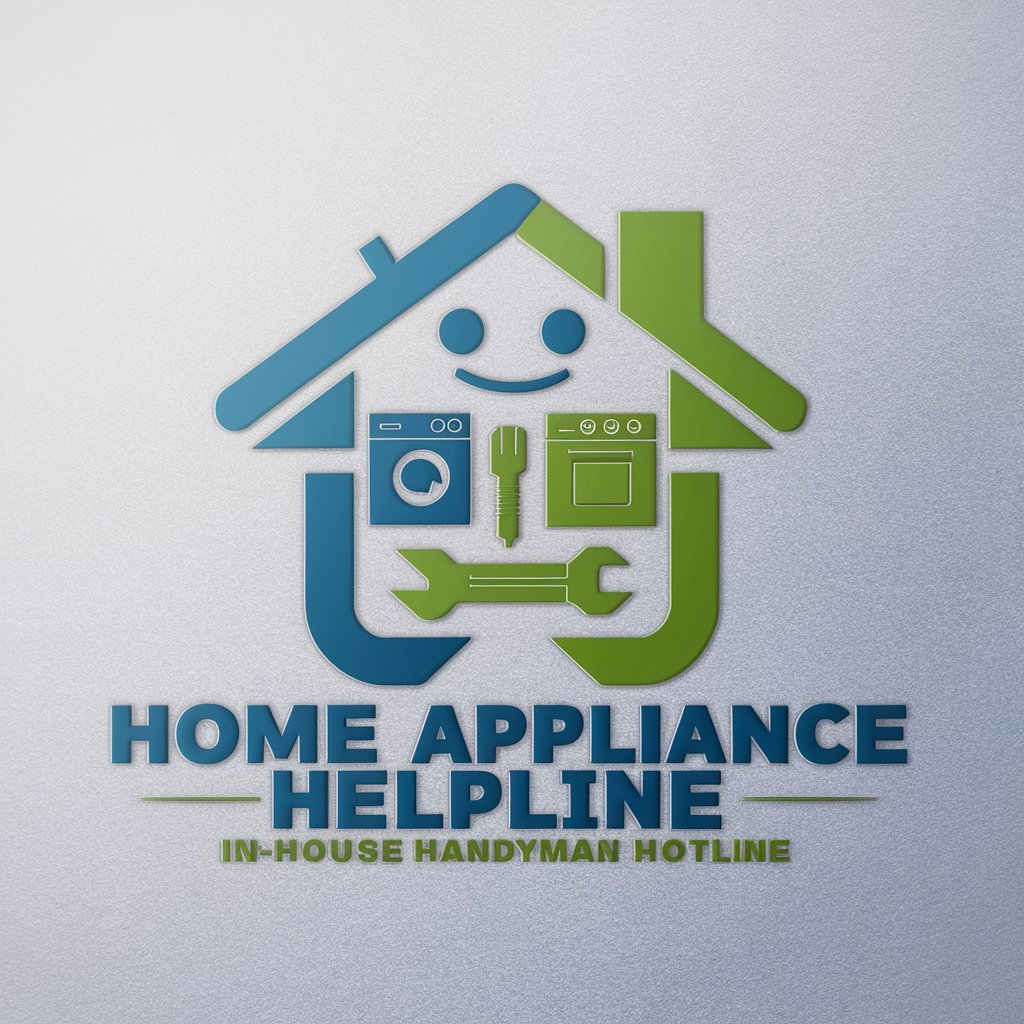
Prompter Aggressor
Supercharge AI responses with advanced prompting

Passive aggression detector
Deciphering Subtleties in Communication
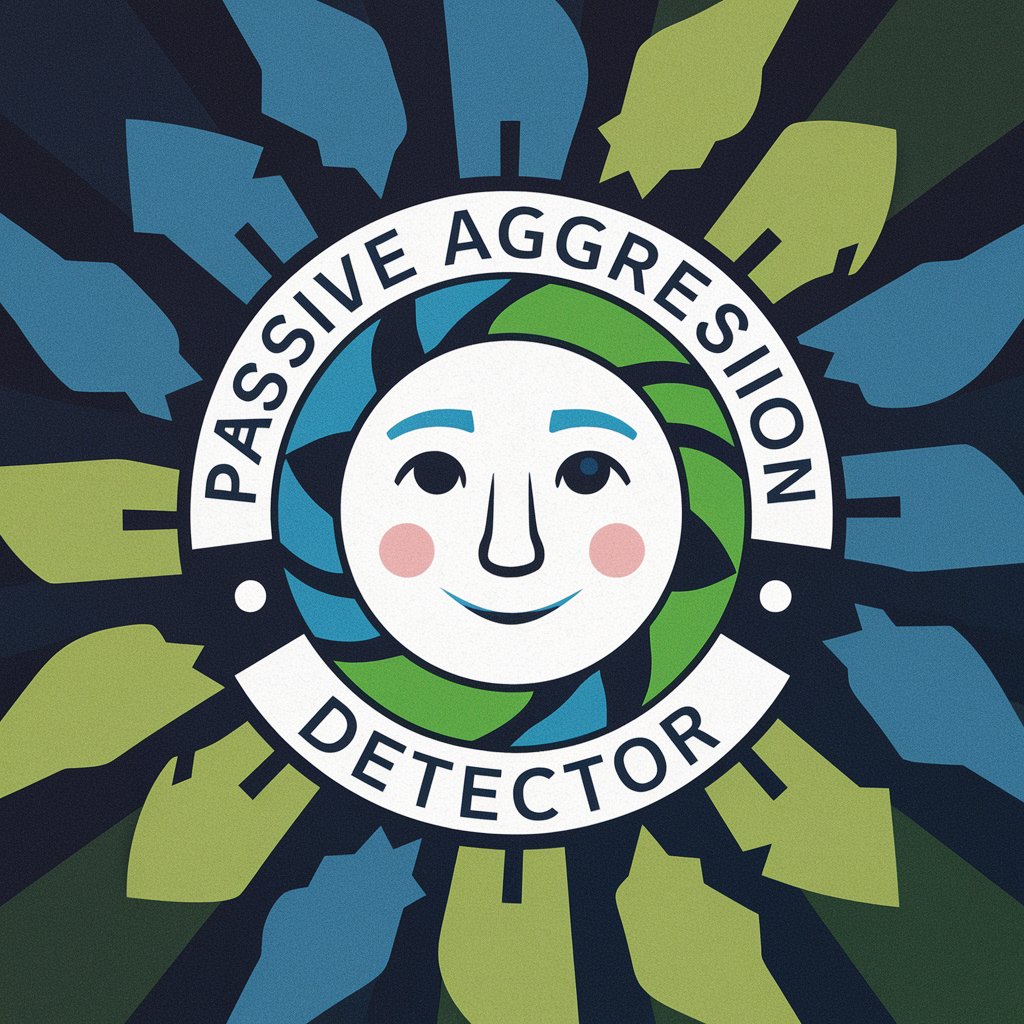
Scavenger Guide Travel Bot
Uncover Hidden Gems with AI

Dating Coach Simulator
Enhance your dating game with AI

NSF PAPPG Q&A
What are the eligibility requirements for submitting a proposal to the NSF?
Eligibility requirements for NSF proposals can vary by the type of program and applicant, such as universities, colleges, nonprofits, and for-profit organizations. Detailed criteria are specified in the 'Who May Submit Proposals' section of the NSF PAPPG.
How do I know if my research aligns with NSF funding opportunities?
Review the NSF Programs and Funding Opportunities section of the PAPPG to understand the specific research priorities and themes that are currently supported. Aligning your proposal with these priorities increases the relevance of your submission.
What are the format requirements for an NSF proposal?
NSF proposals must follow specific format guidelines outlined in the 'Format of the Proposal' section, which include details on pagination, font, spacing, margins, and more to ensure clarity and uniformity across submissions.
What happens after I submit my NSF proposal?
After submission, your proposal goes through an NSF review process, which includes peer review by experts in the field. Based on the reviews, NSF will decide to fund or decline the proposal. You will be notified of the decision and may receive feedback.
Can I revise a submitted NSF proposal?
Yes, revisions to proposals may be requested by the NSF during the review process. These revisions must be submitted in accordance with NSF guidelines and within specified deadlines to be considered in the funding decision.
